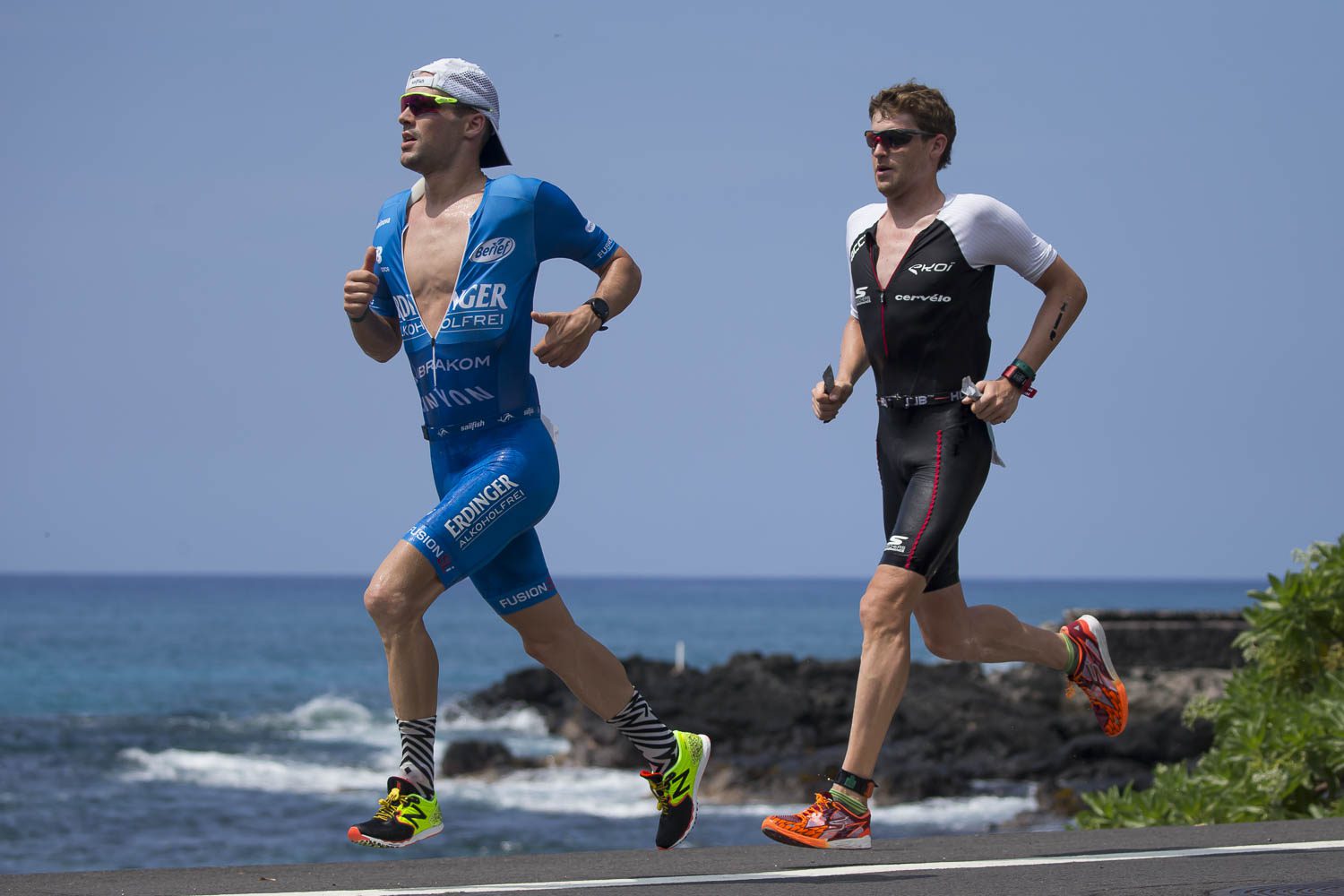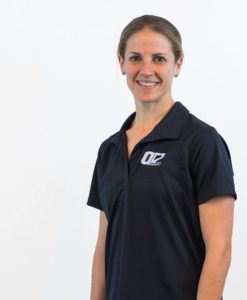All about run cadence: Q&A with coach Beth Shutt


One of the most common questions we get asked as coaches, specific to running, is about run cadence. What is it? What’s an ideal cadence? Why is it important, and how can it be improved? These are all great questions. So I had a quick chat with one of the most experienced runners/coaches that I could think of to ask.
 Beth Shutt is the operations director and coach for The Run Formula. She is also a registered dietitian who does nutritionwork with The Core Diet. Running is her very first passion in life, as she grew up a runner in Pittsburgh, PA competing in cross country and track and field in high school and then at Penn State University. She also competed for six years as a professional triathlete, qualifying for the Ironman World Championships once during that time. Now she lives vicariously through her athletes as they chase their running goals. Beth has accomplished many feats during her athletic journey including Boston marathon qualifications, a 3:06 Ironman marathon, and much more.
Beth Shutt is the operations director and coach for The Run Formula. She is also a registered dietitian who does nutritionwork with The Core Diet. Running is her very first passion in life, as she grew up a runner in Pittsburgh, PA competing in cross country and track and field in high school and then at Penn State University. She also competed for six years as a professional triathlete, qualifying for the Ironman World Championships once during that time. Now she lives vicariously through her athletes as they chase their running goals. Beth has accomplished many feats during her athletic journey including Boston marathon qualifications, a 3:06 Ironman marathon, and much more.
Paul Duncan: What is run cadence?
Beth Shutt: It’s the number of times your foot strikes the ground, when you run, usually measured in one minute increments, often referred to as “SPM”, same idea as “RPM” on the bike. It is a measurement of leg turnover, if you will. To determine your cadence, pick either your left or right foot, count how many times it hits the ground in a minute, and then multiply that number by two. Or if you are lazy like me and lose count often, you could let your fancy run watch tell you your cadence as well.
What should your cadence be?
Coaches at The Run Formula prescribe a general run cadence of 170-180+, somewhere close to that ballpark. That said, there are several determinants of your natural/optimal run cadence and for some, trying to reach 180+, for example, might not be entirely helpful. Height, leg/stride length and running ability can all affect run cadence. Also, at any given speed for the same runner, cadence may be different. The faster you are running, usually the higher the cadence and so slower, recovery type runs will also likely have lower cadences. It’s important to not necessarily “get married” to one exact number as a cadence goal, but merely to aim for improvement (if needed) and know that falling within a range (vs always hitting a specific number) is normal.
Why should cadence be improved? Why does it matter?
Generally speaking, a higher cadence means less foot contact time with the ground and a quicker, lighter stride. As you can imagine, this translates into faster paces and a more economical gait. Even more important, however, is that a low run cadence is usually indicative of over striding which, research has shown, can make you more susceptible to injury. So, working on cadence will make you both faster and less likely to get injured. SOLD!
Finally, how does an athlete improve their cadence?
Improvement of cadence can come from both cognitive and biomechanical methods. Cognitively, just thinking about improving turnover will help you get better. Just like many other aspects in our sport, the mental game is half the battle. You can imagine running over hot coals and quickly turning over your feet so as not to get burned. There are also many apps out on the market now that can serve as a metronome (stride to the beat!) when you run. Another option is to mind music that has the correct beat per minute.
Examples of these are Run Tempo and RockMyRun (you can also set a play list of music with this one). These will help you concentrate on keeping to the beat and desired cadence that you set.
Biomechanically, cadence might be improved with increased hip mobility (if that is an issue for you). Finally, when trying to improve run cadence, be very patient with yourself. Many runners training with heart rate (as we do at The Run Formula) can get very frustrated that running at a higher cadence seems to raise their heart rate, but this is only in the beginning, Given time and commitment to the process, gradual gait improvement will happen AND you will be able to keep your heart rate in the proper zones, and get your speed back, with greater efficiency.
Thanks Beth, if runners have more questions about cadence, where can they get ahold of you?
Anytime! They can email me anytime at beth@therunformula.com, or direct message me on Instagram, my user name is @BethShutt
Paul is a United States Army Veteran, USAT Certified Coach, QT2 Systems Level 1 Coach, and OutRival Racing Level 3 coach.
Paul also competes in triathlon and running events in his spare time.
- 70.3 PR (4:24:26)
140.6 PR – (9:51:53) - Half Marathon – (1:21:44)
- Marathon – (2:57:27)

